How much is enough? It's a valid question and one that seems to have changed over time. Is 4 servings of fruits & veggies enough? How about 5? What if I told you that the number of servings needed for optimal health is a tad higher than 5? How much higher? Join me in this month's vlog (video blog) post to find out, and why that number has increased over the past 4-5 decades.
1 Comment
By Louanne and Sharon Saraga Walters
We're so excited to announce the first annual Global Gratitude Summit coming this November 1-21, 2018!! This is where the rubber meets the road, or as I say, where the woo woo meets the WOW!!
Join us for this FREE online Summit featuring guest experts from multiple industries: healthcare professionals, wellness experts, business and community leaders, educators, artists, musicians and spiritual thought leaders coming together in one forum to take an in-depth look at the many ways Gratitude can benefit our physical, mental, emotional and spiritual health. In the next few weeks, we will begin announcing our speakers and their topics, so be sure to register now for the FREE Global Gratitude Summit now to get the speaker roster's latest developments! Here's to your WellnessME.Life!
By Louanne Saraga Walters
I originally wrote this as a guest post for Dr. Steven Masley, whom I had the honor of working with as his Nutritionist Intern at Masley Optimal Health Center. You can find the original post here.
Do you know the answer to a stress-free life? Neither do I! But with stress-causing inflammation at the core of many diseases, I believe it’s time to arm ourselves with foods we can bring onto the stress battlefield. I’m not advocating eating to soothe that anxiety in the pit of your stomach, but I am encouraging you to sharpen your tastebuds with some foods that contain powerful, stress-fighting nutrients. The effects will not only relieve stress, but you may find you also become stressed less frequently - a win win!
Magnesium is at the top of our list of Super-Calmers able to relieve anxiety, improve moods, reduce PMS symptoms, and provide an overall feeling of well-being. The majority of Americans - over 70% - are deficient in this vital mineral, and you guessed it, that can add fire to the flame of stress. The minimum RDA recommendation for Magnesium is 400 mg, which is the minimum “intake sufficient to meet the nutrient requirements of nearly all (97%-98%) healthy people.” As such, Dr. Masley recommends getting that 400 mg from whole foods, and supplementing with an additional 150-200 mg of a quality Magnesium supplement at bedtime. Magnesium rich foods include roasted pumpkin seeds, Chinook salmon, Halibut, brazil nuts, black beans (cooked), and leafy greens like spinach and Swiss chard. (Note: If you enjoy baths, I highly recommend a few nights a week soaking in an Epsom salt bath, allowing your skin to quickly absorb the magnesium and propel you into a wonderful night’s sleep!) Omega-3 fatty acids seem to be all the rage these days, right? And for good reason. Omega-3 fatty acids, also referred to as ‘fish oil’, are from the “good” n-3 polyunsaturated fatty acid (PUFA) branch which help your body fight inflammation - the trigger responsible for starting a cascade of anxiety. Omega-3 fatty acids have been shown to help students studying for exams and to manage patient’s withdrawal symptoms in drug treatment programs. Omega-3 comes in two varieties, long chain (mostly from animals) and short chain (mostly from seeds, grains and vegetables) fatty acids. Long chain is the most efficiently absorbed form for our bodies, however, short chain is recommended to meet your daily intake needs. So, how much do you need? Dr. Masley recommends one to two grams per day of DHA and EPA, the most important forms of long chain omega-3 fats. At the top of the Omega-3 fatty acids whole food list is salmon, providing 1.1g - 1.9g per 3 oz fillet. (Make sure the salmon is wild, not farm raised.) Other long chain foods include white fish, sardines, grass fed beef and egg yolks, and seaweed salad, while walnuts, flax/chia seeds, soybeans/tofu and Brussels sprouts provide short chain omega-3s. Vitamin C is a big player is reducing oxidative stress and limiting cortisol, two key ingredients in Stress Soup, as well as improving mood. And you don’t need much! While the RDA puts the minimum at 60 mg, there is no upper limit on ascorbic acid. Dr. Masley recommends 250 mg from whole foods. You might consider Vitamin C to be one of the best packaged stress busters if you like citric fruits! In addition to the standard oranges, pineapple and kiwi, papaya, strawberries and cantaloupe are full of ascorbic acid, as are their vegetable ‘sisters’ bell peppers, broccoli, Brussels Sprouts and Cauliflower. Vitamin E gets the trophy for being the vitamin in the most shapes and forms. It is actually a group of compounds called tocopherols and tocotrienols, with each of those compounds handling different tasks. It reduces anxiety by serving as an antioxidant (helping relieve oxidative stress), balancing cholesterol, and keeping our hormones even keeled. The RDA for Vitamin E is 15 mg, but most American fall well below that. The key is to aim for mixed tocopherols, like we get in whole foods. And speaking of whole foods! Some of the best Vitamin E whole foods may also be the most tasty: sunflower seeds, almonds, spinach, avocado, peanuts, asparagus, and turnip, beet or mustard greens. Yum! Having a variety of these whole foods on hand will give you an variety of soothing, tasty and nutritious ways to reduce stress. So while not completely stress-free, you may find the stress more manageable and provide a bit of calm in your life. Reference Alramadhan, E., Hanna, M. S., Hanna, M. S., Goldstein, T. A., Avila, S. M., & Weeks, B. S. (2012). Dietary and botanical anxiolytics. Medical Science Monitor: International Medical Journal Of Experimental And Clinical Research, 18(4), RA40-RA48.
By Louanne Saraga Walters
Vitamin C. It's not sexy, it's often overstated and ignored, and when I'm talking about its many functions, it's probably also the least understood vitamin in the roster. Whether you're a self-proclaimed wellness savant, or a medically trained doctor, the common response to Vitamin C is, "And?" Ah. Poor ascorbic acid! Doing so much while being understood so little...
Until now, that is! And, as we get going in this post - for those of you who are like me and love the research, I've included a few studies below to get your noses into some new discoveries about Vitamin C! (I wrote the science-y bits during my MS, but don't worry, I'll explain them!) FOR MORE THAN SCURVY We all remember our high school science classes talking about scurvy, that dreaded disease afflicting sailors in the 18th century who didn't have any citrus available for months at a time. No citrus, probably little access to Vitamin C (also known as L-ascorbic acid, ascorbic acid, or AA) and eventually the classic symptoms started showing: capillary and perifollicular hemorrhages - ugh (3), corkscrew hair, bleeding gums, swelling & discoloration of legs and buttocks - double ugh (1,2), and anemia, muscle pain and co-deficiencies of folate and iron absorption - how did they sail??? (3). For a long time, we thought we had a handle on Scurvy, until symptoms showed up in children suffering from severe cerebral palsy (3), and in refugee populations (2) and in low income populations in the United Kingdom and United States (1,2). And, adults with alcoholism or who smoked in the refugee and low income populations were at much greater risk for developing scurvy (1,2). So what gives?? AN ESSENTIAL VITAMIN Vitamin C is an essential vitamin. That means our bodies cannot make it. In fact, we're one of a very few species of animals which cannot make our own Vitamin C! (We're joined by guinea pigs and monkeys, which is why scientists often use these two in ascorbic acid experiments.) And yet, AA has an extremely important role as a reducing agent (6), that is, it adds electrons to other molecules to re-form them into different compounds that serve much needed roles in our health, and mostly at the cellular level. (4,6) This ability to act as a reducing agent makes Vitamin C (or AA) both an antioxidant AND an agent that enhances other nutrients, such as iron. Let's take the antioxidant role first. AS AN ANTIOXIDANT Antioxidant: As a water soluble antioxidant, AA acts inside and outside of cells to neutralize Reactive Oxygen Species (ROS) radicals and so protect us from ROS’ harmful effects (4). Okay, wait, what?? Here's what that means: Vitamin C is water soluble. That means it can pass through the cell wall via a process called osmosis, and it can work both inside and outside of cells. The actual structure of Vitamin C, or ascorbic acid, allows it to pull unpaired electrons from compounds called Reactive Oxygen Species (ROS) which are basically oxygen molecules that have unpaired electrons. Because oxygen wants to have a fully balanced and paired ring of electrons, an ROS goes on the hunt for electrons and pulls them away from other molecules creating an "oxidized state". (Oxygen robs electrons from other molecules which causes damage, so scientists called it being "oxidized".) And ROS's are to blame for a lot of inflammation! Vitamin C pulls unpaired electrons away from the ROS's, so they become balanced again and not on the hunt to rob electrons elsewhere. Thus Vitamin C is an "antioxidant" - and that's what an antioxidant does! Where Vitamin C does this is exceptionally important - in the very heart of the energy makers in our cells, the mitochondria. And the mitochondria, which produce ATP (our energy) create a LOT of ROSs!! For you ultra-sciencey peeps, here are a few fun mitochondrial AA facts (6) - stay with me non-sciencey peeps, you'll get it too:
AS A NUTRIENT ENHANCER Vitamin C (ascorbic acid) can help our bodies absorb other nutrients as well. We can see this in how it works with iron. We absorb heme iron (from animals) really efficiently, but nonheme iron (found in plants) is a bit more difficult for our bodies to absorb. (4) No, that doesn't mean we should only eat meat! It means we should eat a variety of fruits and veggies, because all of these awesome nutrients do a variety of functions and they do them best surrounded by each other - but I digress. When AA (ascorbic acid) is consumed in a meal with iron, it helps us absorb the iron (5) by reducing ferric iron to its ferrous form (4). Huh? That means Vitamin C actually adds a couple of electrons to ferric iron which makes it become ferrous iron, and our bodies absorb that much better and faster. In addition, Vitamin C also becomes a chelating agent - that just means it attaches to the metal compound, the iron - and helps it become absorbed faster in the duodenum, a section of the gut. (5). Iron is just one of many nutrients Vitamin C enhances!! Vitamin C is about so much more than "not getting scurvy" or "when I have a cold." It's about helping our bodies, and the cells and mitochondria in those cells, provide us with overall health by getting rid of inflammatory agents (those ROS's!) and helping us absorb other nutrients. References 1. Bartley, J. (2017). Scurvy in new zealand-a forgotten disease. The New Zealand Medical Journal, 130(1454), 86-87. Retrieved from https://uws.idm.oclc.org/login?url=http://search.ebscohost.com/login.aspx?direct=true&db=mdc&AN=28449021&site=ehost-live 2. Ben-Zvi, G., & Tidman, M. J. (2012). Be vigilant for scurvy in high-risk groups. The Practitioner, 256(1755), 23. Retrieved from https://uws.idm.oclc.org/login?url=http://search.ebscohost.com/login.aspx?direct=true&db=mdc&AN=23214273&site=ehost-live 3. Gupta, S., Kanojia, R., Jaiman, A., & Sabat, D. (2012). Scurvy: An unusual presentation of cerebral palsy. World Journal of Orthopedics, 3(5), 58-61. doi:10.5312/wjo.v3.i5.58 4. Iqbal, K., Khan, A., & Muzaffar Ali Khan Khattak, M. (2004). In FAO of t. U. (Ed.), Biological significance of ascorbic acid (vitamin C) in human health - A review Retrieved from http://docsdrive.com/pdfs/ansinet/pjn/2004/5-13.pdf 5. Lynch, S. R., & Cook, J. D. (1980). Interaction of vitamin C and iron. Annals of the New York Academy of Sciences, 355, 32-44. Retrieved from https://uws.idm.oclc.org/login?url=http://search.ebscohost.com/login.aspx?direct=true&db=mdc&AN=6940487&site=ehost-live 6. Mandl, J., Szarka, A., & Bánhegyi, G. (2009). Vitamin C: Update on physiology and pharmacology. British Journal of Pharmacology, 157(7), 1097-1110. doi:10.1111/j.1476-5381.2009.00282.x
This video is an excerpt from the 3+ hour course, "Intestinal Permeability: Causes and Strategies" available at 20% off! Click here for the discount.
In this 6 minute video, Dr. Tarin Forbes talks about the stigma surrounding leaky gut, and why it's vitally important for both doctors and patients to understand what several decades of research now reveal including:
The American Heart Association's warning on coconut oil last year revealed an important - and often missed - truth about nutritional healthcare: there are very few absolute truths in scientific research. The study had some interesting and valid points, and some very questionable conclusions including whether coconut oil is unhealthy. Dr. Josh Axe ("Eat Dirt") is a Functional Medicine practitioner who took a look at this particular study that disturbed the AHA, and broke it down in this post supported by additional research.
Introducing Dr. Georgia Ede! One of my go-to MDs focused on nutrition and brain health, Dr. Ede is a fantastic evidence based guru. Enjoy this article as posted in Psychology Today! And be sure to visit her website DiagnosisDiet.com for brain-feeding fun facts!!
"Psychiatric disorders like depression, bipolar disorder and psychosis are strongly tied to inflammation. Psychiatric medications are not designed to fight inflammation, but did you know there are two changes you can make to your diet that will naturally reduce inflammation in your brain and body? Learn how to heal brain inflammation from the inside out in my article on Psychology Today."
|
AuthorLiving my WellnessME.Life is our quarterly newsletter, compiled of separate blog posts created by Louanne and Sharon Saraga Walters and contributed by esteemed healthcare practitioners, colleagues and friends with a holistic (interrelated, synergistic, systemic) view of wellness. Archives
January 2019
Categories
All
|

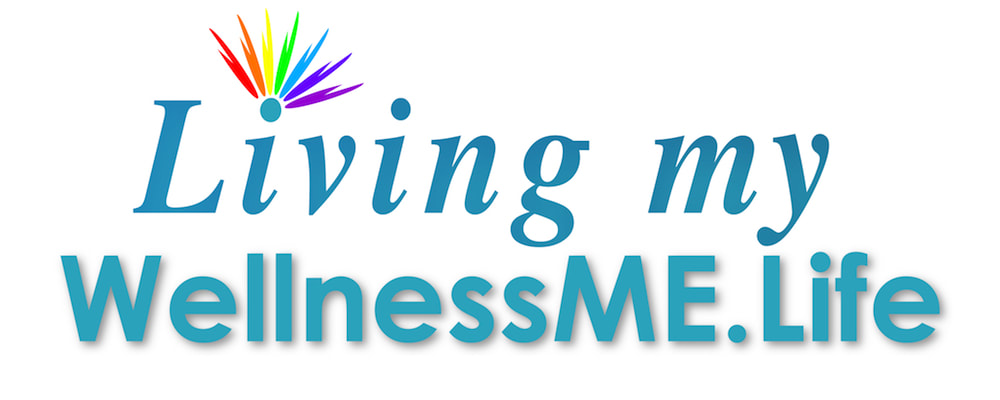
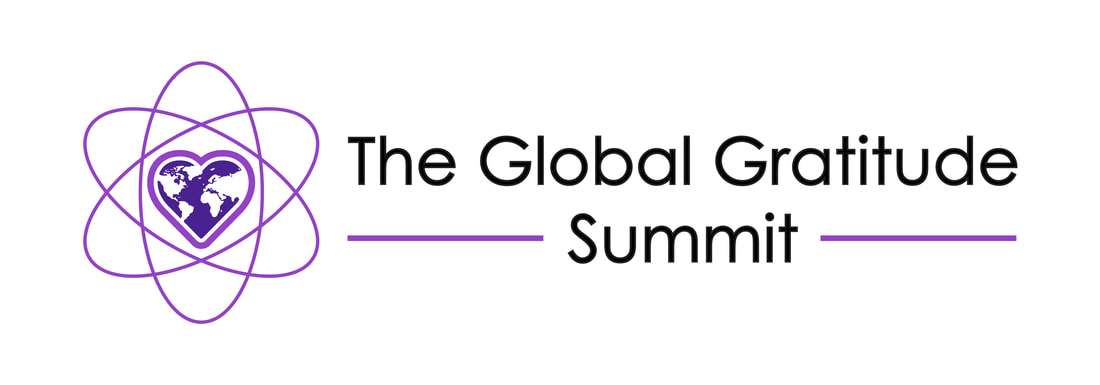
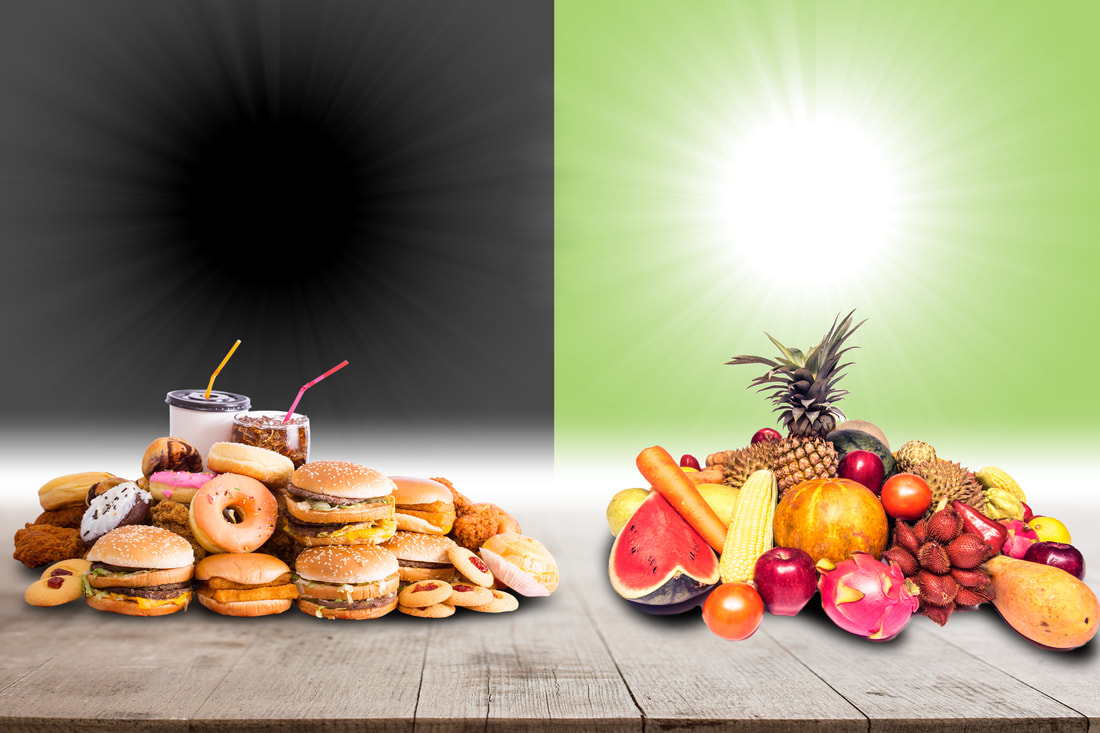
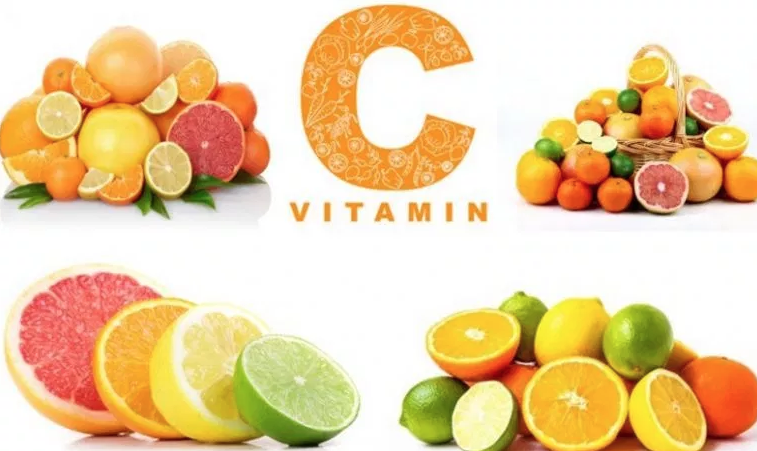
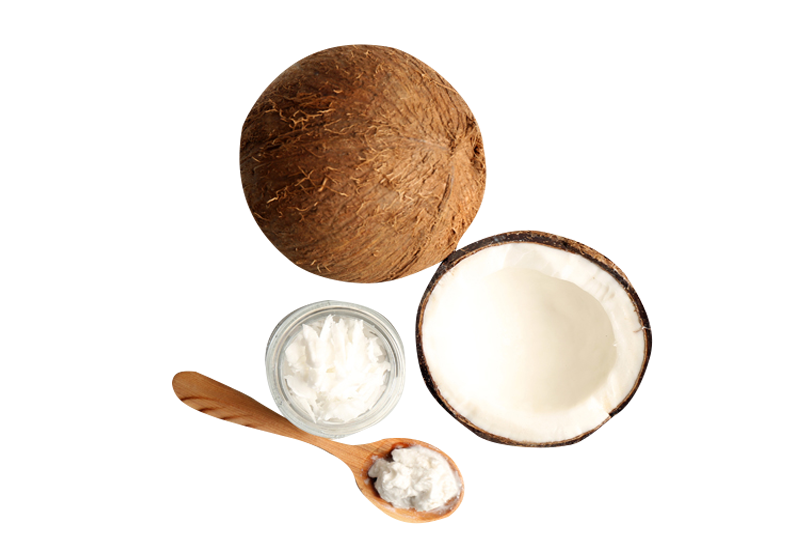

 RSS Feed
RSS Feed